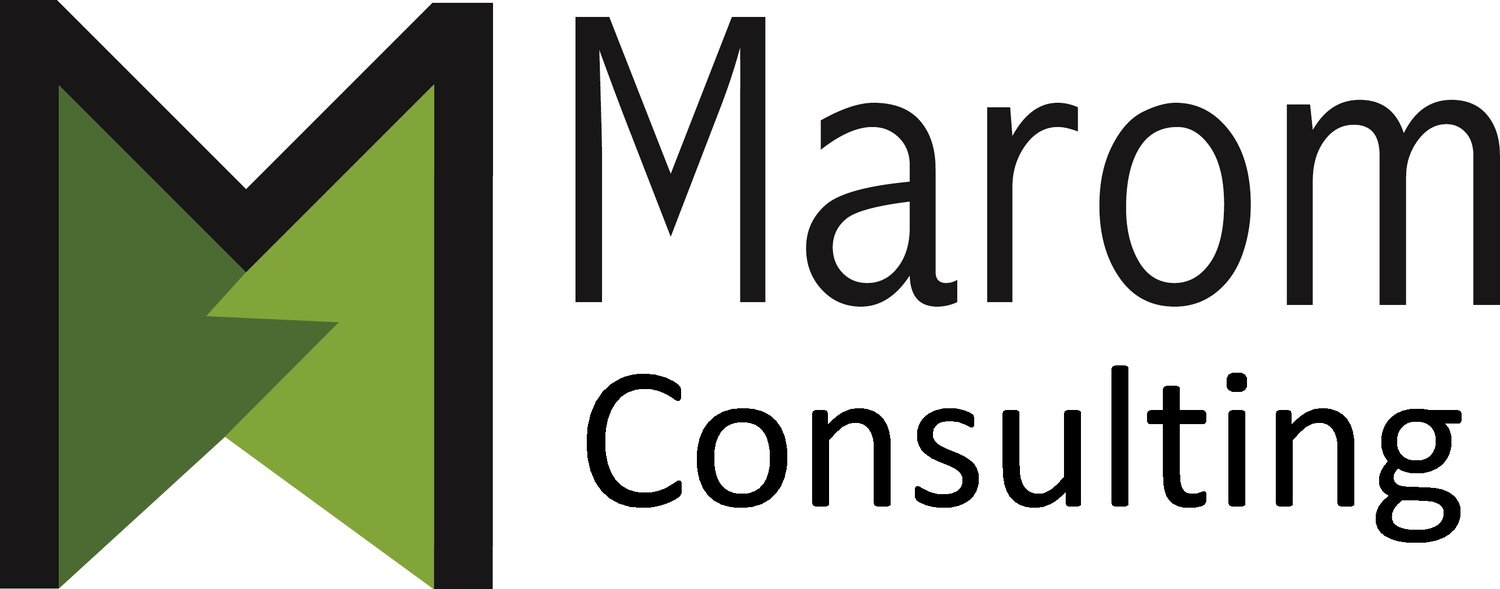Here is just a small sampling of some of the issues we've uncovered over the years.
1) Cost & Liabilities: This company liked the potential savings of self-funded but were never advised to retain a claim reserve for Incurred but Not Reported (IBNR) claims. A violation and significant liability.
2) Cost: A growing mid-sized firm had a partially self-funded plan with a major carrier. At each renewal, the carrier buried the client with underwriting assumptions and contract provisions in an attempt to hide that the client had a surplus amounting to over $500,000. They were unaware that they were free to cancel the contract at any time and move to a better program - and realize the surplus savings.
3) Liabilities: This firm, like many, had high turnover in the HR/Benefits department. Executive contracts had been made which promised high life insurance benefits. Unfortunately, no underlying policies had been secured which left the company completely exposed.
4) Cost & Compliance: A small tax benefit ended up costing the company money and IRS audit concern. A vendor sold this company the ability to arrange pre-tax commuter benefits and its only cost was the payroll tax savings from the deductions. This cost should have been company savings. Further, and of most concern, the company arranged the pre-tax deduction for every employee and just reimbursed all employees. This created a significant IRS audit liability.
5) Tax & Compliance: Life insurance and disability insurance benefits are straight-forward. However, this firm neglected to calculate imputed income for life insurance amounts over $50,000 (a requirement). Also, the LTD policy had been written on an employee pay-all basis, but the company never implemented this process. This contract violation put the policy and any benefits paid at risk.
6) Cost & Compliance: A broker helped start a new benefits program for a mid-sized program but put inaccurate old rates on all employee communication. Discovered months later, the employer had to revisit all employee deductions and pledges made to employees.
7) Fiduciary Liability: Ten years ago, the 401(k) plan had been started with a good vendor. Unfortunately, the client never went back and reviewed the investment options. Many of the funds were “dogs”.
8) Compliance: a company was never advised about 5500 reporting (by 1 of the top 10 consulting firms) and after our review, was required to submit multiple years under the delinquent filing program (and pay late fines).
9) Cost & Liabilities: This mid-sized company had been sold a “differential program” with high fees and even higher liabilities. The promised savings never occurred, and the company soon had to dismantle the program.
10) Cost: A private equity firm bought a division of a larger company (a 50-employee division spinning out from a 3,000-employee parent company). The parent company just averaged costs across all their divisions. The true cost of the smaller division was unknown until a customized analysis was done. We found that the smaller division had a healthier population and would have been less expensive on a stand-alone basis (despite the advantages of being part of a larger group).


